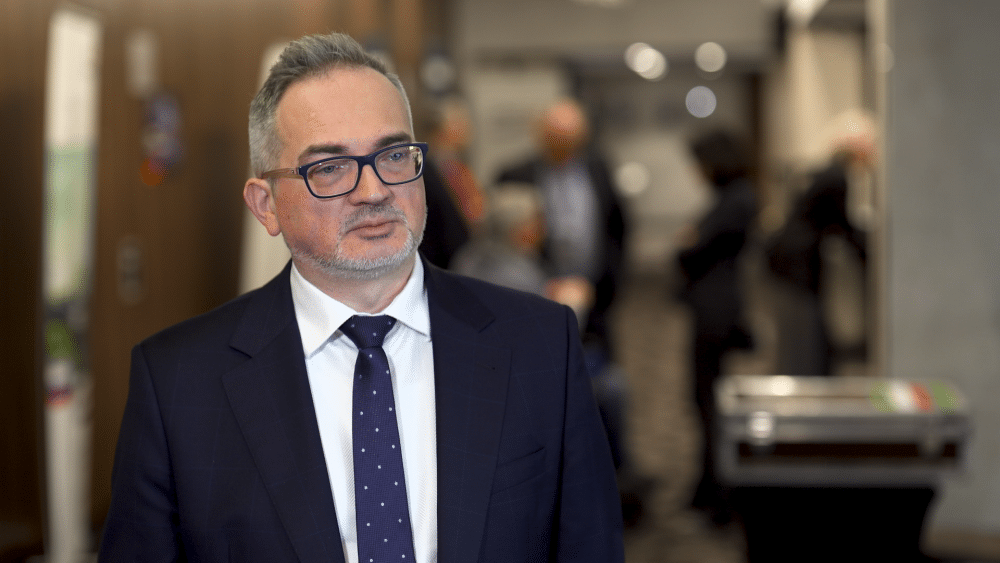It’s no longer just about the PIN and the green button. Digital payments have made significant progress in Poland in recent years. According to experts, our country is at the forefront globally in this regard, with cash being used in about 35% of transactions. Accordingly, about two-thirds of transactions are made with digital payments – experts observe.
Cashless transactions in Poland are developing incredibly fast, with most of the population being convinced of such a method of paying for daily purchases. Contactless payments, including those made via NFC technology in smartphones and watches, are rapidly gaining new supporters.
“Payments in Poland are among the most digital in the world, both in terms of mass usage and product availability. In physical sales points, cash accounts for 35 percent of all transactions, so these over two-thirds of transactions are made with digital payments,” said Prof. Michał Polasik, Director of the Digital Finance Economy Center at Nicolaus Copernicus University in Toruń, to Newseria Biznes, a news agency.
The statistics quoted by the expert refer primarily to payments made from a bank account using a card or mobile payment. Even better results are recorded in e-commerce.
“Digitalisation here is very high, exceeding 90 percent and we can boast of a very effective innovation, liked by customers, which is the Blik service, which a vast majority of internet transactions are carried out with” – added the expert.
Of the respondents, 38% always pay cashlessly if they have the opportunity. Nearly a quarter (23%) make such payments several times a week, and 14% state that they pay this way once a week. Age does not seem to play a significant role, with as many as 44% of those 70+ regularly using cashless methods, an increase of 4% from results mid-2022. Interestingly, consumers from larger cities and those with higher education tend to choose cashless payments more often.
Although Poland seems to be following a slightly different path than the Nordic countries of Europe in terms of digitalisation, experts agree that there is still a place for traditional cash in the economy, which may be useful for those who struggle with digital solutions or in the event of power outages.
It has been noted that Poland’s digital payments have reached a level that sets the country apart on the global stage, being as digital as they can be. Aside from perhaps the most advanced projects in Asia, there isn’t much to criticize, and it wouldn’t make sense to suggest taking the digitalisation of payment systems even further.
Currently, 74% of Poles most often pay cashlessly in supermarkets. More than half (58%) choose this method for pharmacies. A similar proportion (57%) use digital payments for fuel and purchases at petrol stations. For drugstores, cosmetic stores and similar, the figure is as high as 47%.
It is expected that these numbers will continue to grow, as digital payment technology has not yet reached its development limit. There are surprises still in store in terms of modern solutions based on complex algorithms.
Interestingly, 18% of those surveyed who never pay by card, only one in four refrains from such forms of payment due to concerns about security. The vast majority – almost 59 % – justifies their decision by being accustomed to cash, as observed from the PolCard from Fiserv “Polish payment preferences 2024” survey.
